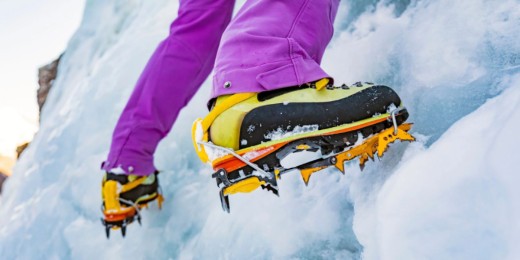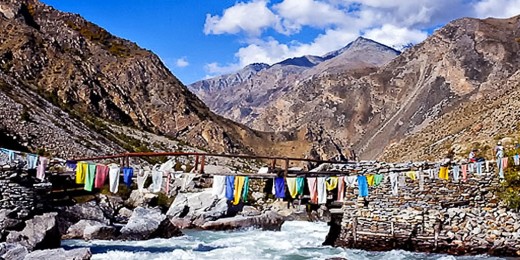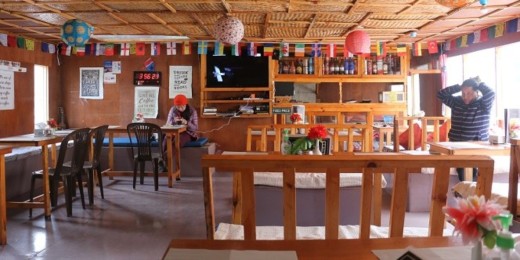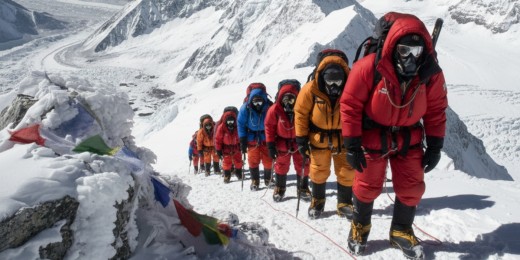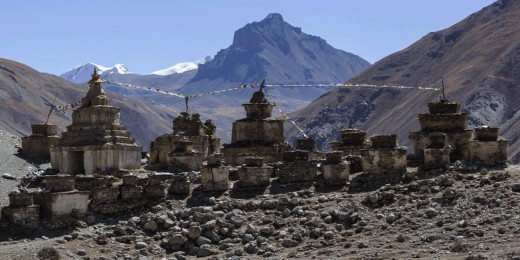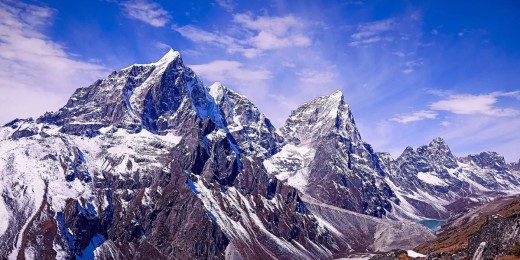Annapurna Base Camp for Beginners: Can First-Time Trekkers Do It?
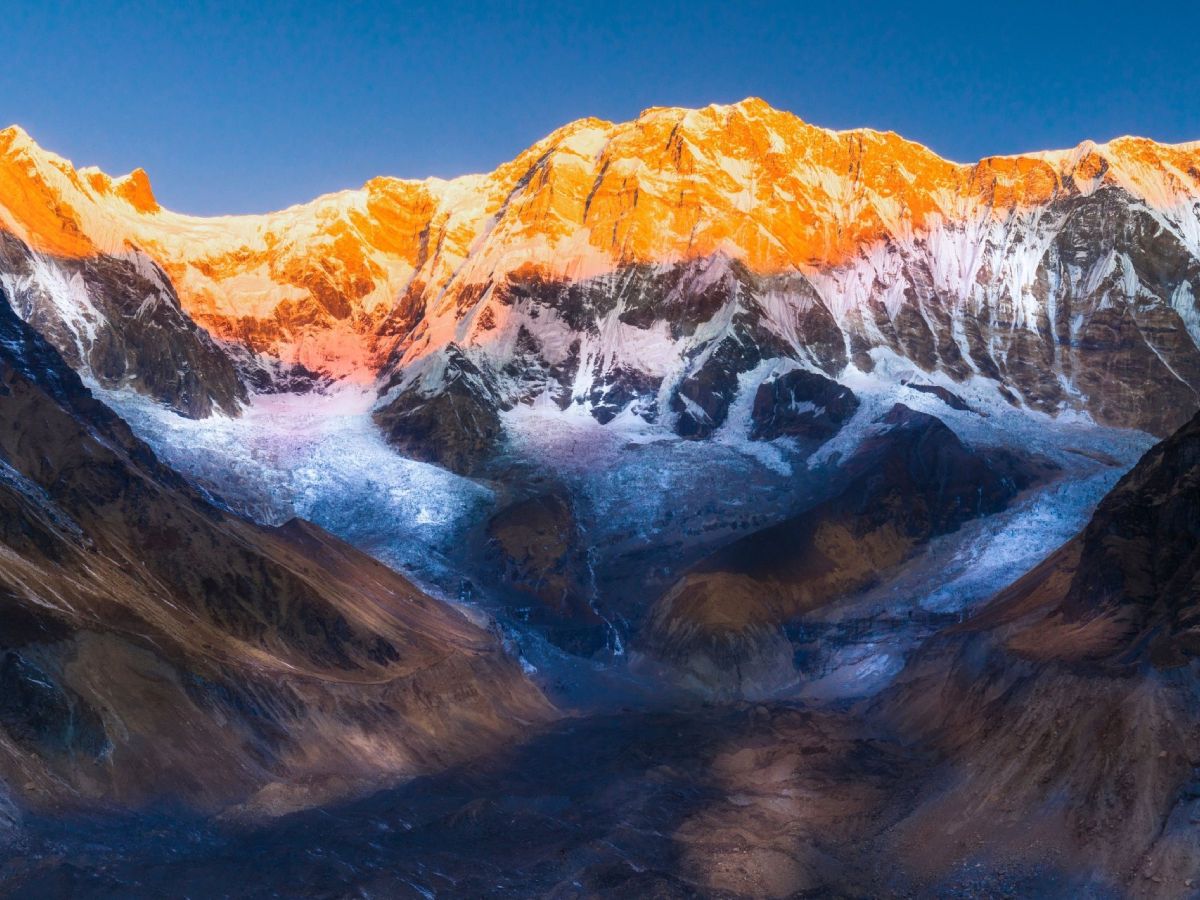
For many adventure seekers, standing at the foot of the mighty Annapurna feels like touching a dream. But if you’ve never trekked before, you may be asking: Can I really make it to Annapurna Base Camp?
The good news is, yes, you can. The Annapurna Base Camp (ABC) trek is often described as one of the most beginner-friendly Himalayan adventures, and with the right preparation, it can be a life-changing journey.
This blog will walk you through everything beginners should know: the trek’s difficulty, altitude concerns, daily experiences, preparation tips, and why it’s worth every step.
Why Annapurna Base Camp is Beginner-Friendly
Unlike some of Nepal’s more remote and rugged treks, Annapurna Base Camp strikes the right balance between adventure and accessibility:
- Moderate Duration: The trek usually takes 7–12 days, depending on your chosen itinerary. This makes it achievable for first-time trekkers with limited time.
- Altitude Advantage: The maximum elevation is 4,130 m (13,550 ft) at base camp, which is high but far less extreme compared to Everest Base Camp (5,364 m). This reduces the risk of severe altitude sickness.
- Well-Maintained Trails: The routes are well-marked and pass through villages, forests, and terraced fields, making navigation and terrain manageable.
- Comfortable Teahouses: Unlike camping expeditions, trekkers sleep in cozy tea houses offering warm meals and basic facilities. Beginners don’t need to worry about carrying heavy camping gear.
- Scenic Diversity: From rhododendron forests to glacier views, the landscape keeps changing, making the walk inspiring and less tiring mentally.
A Day in the Life on the ABC Trek
If you’re new to trekking, you might wonder what daily life feels like. Here’s a glimpse:
- Mornings: You’ll wake up to crisp mountain air, birds chirping, and a hearty breakfast (think porridge, omelets, or Tibetan bread).
- Day Hike: Most days involve 5–7 hours of walking with breaks. The path winds through forests, suspension bridges, waterfalls, and villages like Chhomrong or Bamboo.
- Afternoons: After reaching the day’s stop, trekkers relax, sip tea, and share stories with fellow travelers.
- Evenings: Dinner often includes dal bhat (rice, lentils, and vegetables), a favorite for energy and nutrition. Nights are spent in shared tea houses, often with the warmth of a fire.
For beginners, this routine feels both adventurous and comforting. It’s a rhythm that connects you deeply with the mountains.
The Challenge Factor: What Beginners Should Know
Though beginner-friendly, Annapurna Base Camp is not a walk in the park. There are challenges that make the achievement all the more rewarding:
- Staircases Everywhere: Be ready for countless stone steps, especially around Ulleri and Chhomrong. They test your legs but also bring you higher, faster.
- Altitude Adjustments: While altitude sickness is less common here than on higher treks, beginners should still walk slowly, hydrate, and allow their body to adapt.
- Weather Variability: The Himalayas are unpredictable. Sun, snow, and rain can all occur in a single day. Packing wisely is crucial.
- Physical Endurance: Daily trekking requires stamina. Even if you’ve never trekked before, basic fitness preparation is essential.
Preparing as a First-Time Trekker
Here’s how to make your ABC trek smooth and successful:
- Fitness Training: Start walking or hiking at least a month before your trek. Include stair climbing and cardio exercises.
- Pack Light, Pack Smart: Essentials include layered clothing, trekking boots, rain jacket, sleeping bag, and water purification tablets. Avoid overpacking.
- Hire a Guide or Porter: For beginners, having a local guide not only eases navigation but enriches the cultural experience. A porter can carry heavy loads, leaving you free to enjoy the trek.
- Acclimatize Properly: Listen to your body. Take rest days if needed and avoid rushing.
- Stay Hydrated and Eat Well: Water is your best defense against altitude issues. Dal bhat will be your fuel.
What Beginners Experience
First-time trekkers often describe the Annapurna Base Camp journey as transformative:
- The moment you step into the Annapurna Sanctuary, surrounded by peaks like Annapurna I, Machapuchare (Fishtail), and Hiunchuli, you feel tiny yet profoundly connected to nature.
- Sharing laughs and struggles with fellow trekkers becomes part of the memory.
- Villagers greeting you with warm smiles remind you that trekking isn’t just about mountains, it’s about people.
- Standing at the base camp itself feels surreal, like a dream achieved with your own two feet.
For many beginners, this trek becomes their first step into a lifelong love for the mountains.
Best Time for Beginners
Timing matters, especially for first-time trekkers:
- Spring (March–May): Blooming rhododendrons, mild temperatures, and clear skies.
- Autumn (September–November): Crisp weather, stable conditions, and incredible visibility.
- Winter (December–February): Quieter trails, snow-covered beauty, but colder temperatures.
- Monsoon (June–August): Not ideal for beginners due to rain and leeches.
Quick Facts for Beginners
- Starting Point: Nayapul (drive from Pokhara)
- Duration: 7–12 days
- Max Elevation: 4,130 m (Annapurna Base Camp)
- Accommodation: Teahouses
- Difficulty Level: Moderate, suitable for fit beginners
- Required Permits: ACAP (Annapurna Conservation Area Permit) and TIMS card
So, can first-time trekkers do Annapurna Base Camp? Absolutely. With preparation, patience, and an open heart, this trek is not just achievable but deeply rewarding.
Every step on the stone staircases, every breath of thin mountain air, and every smile shared with locals will remind you that the mountains are not reserved for the experienced. They welcome anyone willing to walk with respect and determination.
If you’ve been dreaming of your first Himalayan adventure, let Annapurna Base Camp be your beginning. You’ll return not just with photos but with a story of resilience, connection, and awe that will stay with you forever.

